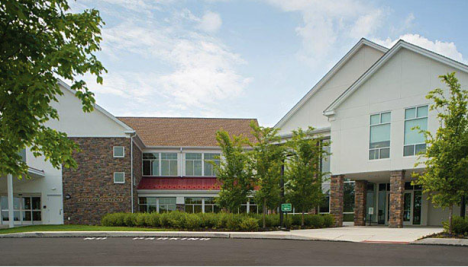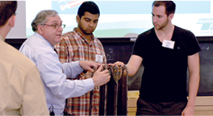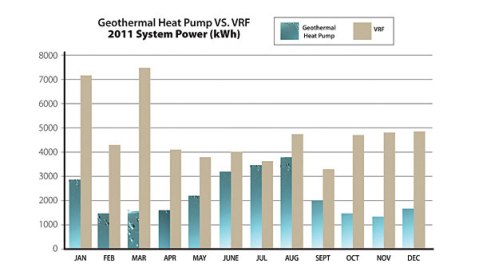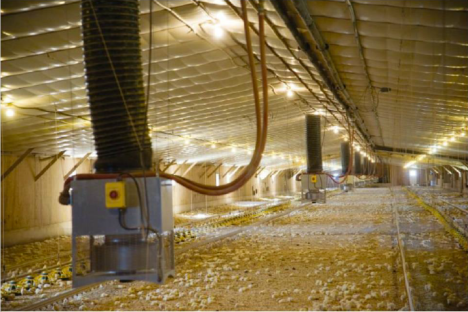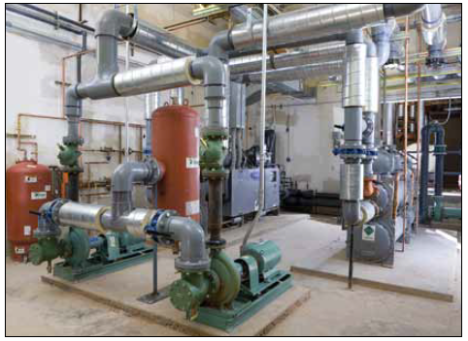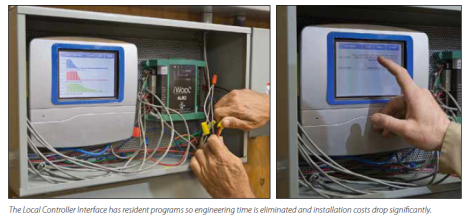Why Green is Good for People?
By Lynne Phipps, Taco Contributing Editor

Lynne Phipps, LEED AP
As discussed in Part 1, designing green buildings for the benefit of the people who live and work in them means bringing ample fresh air and natural light into the building and avoiding the use of materials that off-gas substances that are detrimental to human health and well being.
In addition, green indoor environments are both physically and psychologically comfortable for people.
Such design may include:
• The use of smart switches and thermostats for lighting and temperature control.
• Comfortable forms of heat such as radiant heat.
• The use of color, texture, and plants as interior design elements.
The use of technologies such as smart switches, which control lighting based on natural light levels as well as the presence of people in a space, is energy efficient and maximizes the use of natural light. Both factors make the environment more comfortable and healthier for human beings.
Smart thermostats provide similar benefits by regulating temperatures based on the availability of the sun’s thermal energy for heating. Both of these technologies are wonderful advancements. Any time the designer can reliably regulate the indoor environment to improve physical or psychological comfort, the individuals in that environment feel more supported and, as a result, happiness and productivity increase.
 The use of color and texture, whether as paint, wall coverings and floor coverings, or as art work, also increases comfort and happiness indoors. In the work environment, this translates to decreased absenteeism and job turnover. It has been reported that second only to salary, the work environment is the most important factor in an individual’s decision to take a given job or stay with a company.
The use of color and texture, whether as paint, wall coverings and floor coverings, or as art work, also increases comfort and happiness indoors. In the work environment, this translates to decreased absenteeism and job turnover. It has been reported that second only to salary, the work environment is the most important factor in an individual’s decision to take a given job or stay with a company.
When designing a green building, the use of color is a craft. The designer must juggle the use of color with the ability of that color to reflect rather than absorb the natural light entering the space. Color also brings life to spaces and offers opportunities to add or reinforce a sense of identity, should the designer choose.
Likewise, plants can have a significant positive effect on the indoor environment. Studies have shown that one plant per person significantly increases CO2 in an indoor environment, decreasing absenteeism and reducing stress at work.
All of these elements — natural light, effective temperature control, color, the use of plants – contribute to the successful greening of buildings, whether new construction or retrofits.
Lynne Phipps is an interior architect and green building advocate with a holistic, integrated approach to the built environment.
Join the Taco HVAC Commercial Designer Pro community to access more technical articles, industry news, videos, and discussions: http://commercial.taco-hvac.com
Filed under: Sustainable Building Design | Tagged: green building, indoor comfort, natural light | Leave a comment »



